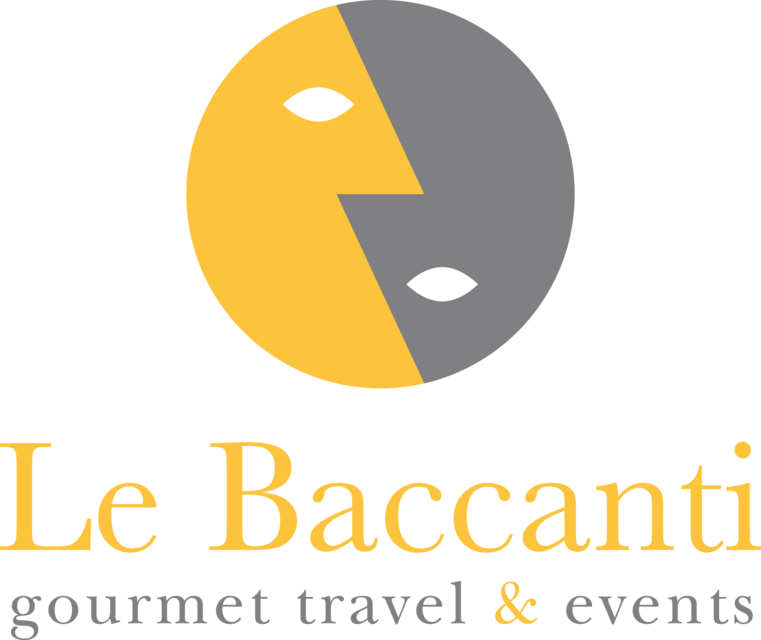Friuli's Rocky Mineral Wines
By Filippo Bartolotta
I really doneurot know where to start with this region.
Iteuros a place of silence and thrilling atmospheres, iteuros a place rooted in deep traditions and yet moving along with an experimental approach and most importantly is a place of amazing people who combine austerity and passion in a very laid back way.
This days if you where to travel around any cellar one would hear the same words over and over again: we make our wines in the vineyard! We only produce one kilogram per plant, we do two green harvest and take in only the healthiest and best mature grapes!
Well in Friuli thereeuros no alternative if one wants to make good wines. But the bunch of producers I have met take the natural approach really seriously, without compromising with quality and elegance.
A few warnings though before we start as I would like more and more people to enjoy Friulieuros greatest wines, Italyeuros greatest Whites!
Beware and do not be put off by what follows as the result of this wine making style means:
very dark amber whites
some opacity, as they a not filtered
possible high VA (volatile acidity)
temperamental behavior after bottle opening (just give it a few minutes)
But then on the nose and the palate you should be pleasantly surprised by a seductively complex nose and a water-mouth-filling sensation with an almost tannic structure and a savory, if not salty, highly drinkable and energetic wines.
I had the same red line all the way through my five days in Friuli, from Collio to Carso.
From Radikoneuros suave tobacco leaf, tar and leather Ribolla -yes thateuros right, iteuros not a Barolo, its a Ribolla:)-; to Zidarich Carsoeuros stoney/mineral salty, juicy and iodine Vitoska which one could drink by the bucket! to the more rigorously transparently clear and vibrantly elegant and spicy Kanteeuros Malvasia (today the outstanding 2000 vintage is in the market); to the citrus and oriental spiced Sacrissasi of Le Due Terre, another macerated wine but so elegant, restrained but expressive, silent but perfumed, pure and lingering that I just caneurot get enough.
All of these wines also show a very strong sense of place. They are all very terroir driven wines, but also wines which show part of the character of these great man who have been able to respect the land they have chosen to plant the vine. These people have been able to interpret the place with no fear and great respect and to bottle wines which are extremely easy to drink with aging potential,minerality, juicyness, intensity, personality, length and drinkability.
Those four above are some of the great wines and wine makers I have met during this trip. I will start from the beginning of my five days, but it might take me some time to finish the post, as I am in the middle of a very hectic working couple of weeks.
So, leteuros start from the beginning then.
We -meaning euroda familyeuro: Vanessa, Daphne, Milo and me- get to Oslavia, 3 km away from the Slovenian border just in time for lunch.
Suzana is waiting under a massive cherry tree over looking the bouncy hills of Tokaj and Ribolla.
At the bottom of the hill, near by a little stream thereeuros a little tractor moving about.
Vanessa gets on with Daphneeuros lunch while Milo and I get down the hill to meet up the tractor man: mr. Stanislao Radikon.
Stanko, like everyones calls him, gets off the noisy tractor and all of a sudden we are in the most enchanting silence interrupted only by the sound of running water.
The three of us walk up hill while Stanko shows me his roughly 10 hectares.
Friuli is very green, the landscape is very well preserved and beautiful but all this green means also a lot to do in the vineyard.
Here it is all done by hand and on top of the hill even without a tractor. The Ribolla which needs more sunshine is always on top of the valley while Tokaj can usually be found at the bottom of it.
Stanko: Ribolla is the last one to be picked, it needs more time to mature and to get to an appropriate alcohol level, that is 12,5% top!
Ribolla is a late ripening and non-aromatic variety with low acidity. Anyone else would drop the challenge to cultivate it and to make wine with it, but not the Friulani and definitely not Radikon.
Once on top of the vineyard we are back home. The table is set, lunch is ready. the 28 years old Radikon Sasa is at table munching some bred and local pancetta.
We start talking about wine and vines. He has studied agronomy and has an interesting blending of rigorous approach to wine making mixed with a very natural attitude.
In fact, despite his studies the wine making philosophy is the most non interventionist possible.
Radikon is based in his Oslavia area in the heart of Collio, a few meters away from the blue/green (just like hislabels) Isonzo river.
He, in 1999,decided to move from euroregulareuro wine making to the old traditional Slovenian way.
That is long maceration on the skins, like 30 days even for the whites, and then a three year aging in big Slavonian cask plus some more bottle aging.
Now the 2004 is getting on the market!
More over there is really no intervention in the cellar if not just checking that things do not go wrong: no selected yeast, no additives of any kind, no temperature controlled, no filtration and as of 2002...no sulphur.
I know this might sounds odd, but the Radikons are very committed to the natural cause and they have been experimenting in order to bottle the healthiest and purest wine possible.
We taste the first three wines while waiting for pasta.
...to be continued...




